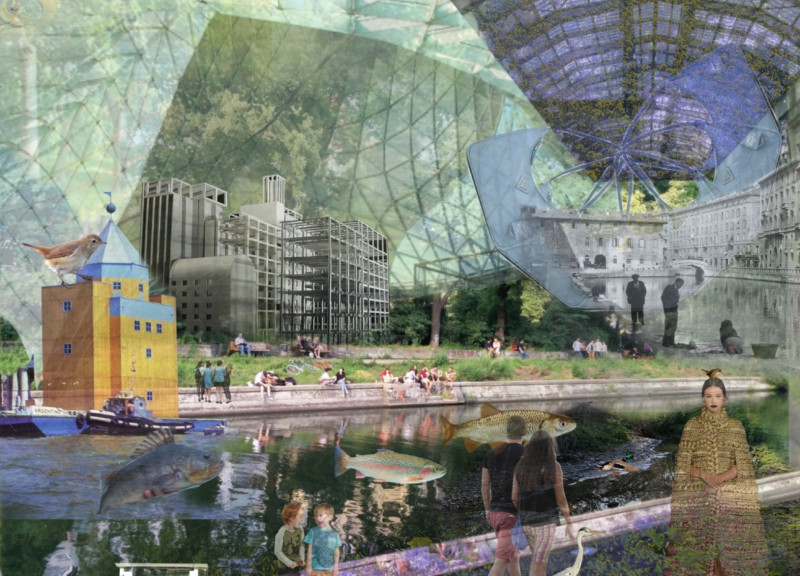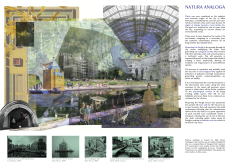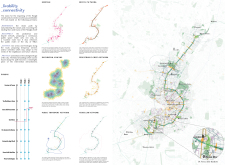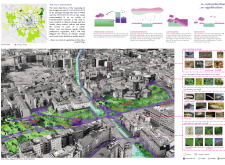5 key facts about this project
The revitalization of the Navigli canals in Milan aims to turn these historic waterways into essential ecological pathways, improving urban biodiversity and enhancing the living experience for residents. By shifting the focus back to water, the design seeks to create a better connection between nature and city life, providing inviting spaces for recreation and community engagement along the canals.
Naturalization of Canals
The focus is on naturalizing the Navigli waterways, reconnecting them with the larger natural systems of Lombardy. This initiative is expected to support an increase in local plant and animal life, establishing habitats that favor the return of native species. With this strategy, the project aims to bring more vitality into the city, highlighting the interconnectedness of all living things.
Ecological and Recreational Spaces
The design includes plans to boost vegetation and humidity throughout the urban area. This increased greenery will act as a natural filter, helping to reduce pollution and manage temperature fluctuations. Incorporating water features will create spaces for leisure and social activities, enhancing the air quality and offering pleasant areas for the public. The goal is to develop public spaces that are practical and welcoming, encouraging people to gather and interact.
Sustainable Transportation and Heritage Integration
A significant component of the design involves rethinking transportation along the canals. The aim is to limit private vehicle traffic, giving priority to pedestrians and cyclists. This change is intended to promote a healthier environment and create a shared public area that connects people with the waterways. The design also focuses on preserving historically significant buildings along the canal, ensuring that these structures play an active role in the urban landscape. Their presence adds cultural value and invites public involvement.
Integrative Design and Natural Elements
While specific materials are not detailed in the presentation, the emphasis on the relationship between water and vegetation indicates a commitment to natural elements in the design. By prioritizing ecological health and community interaction, the project supports Milan's ambition to harmonize its rich history with modern urban requirements. The recreational spaces along the waterways blend with their surroundings, encouraging both environmental sustainability and social connection.






















































